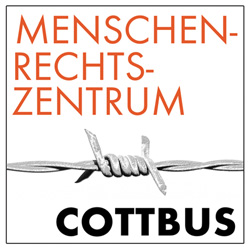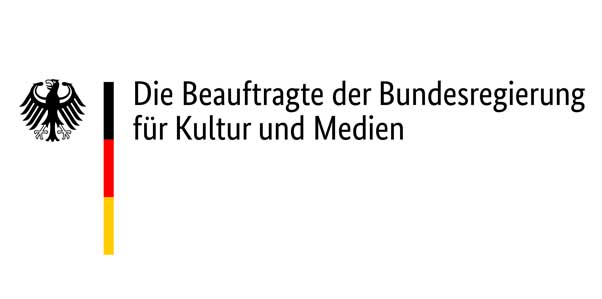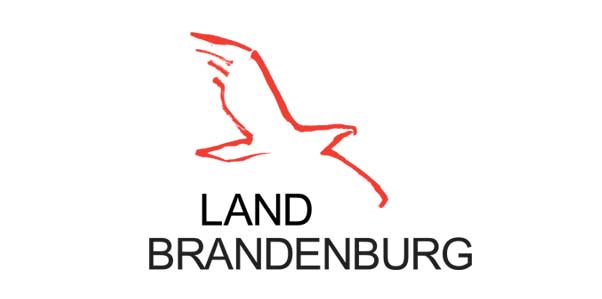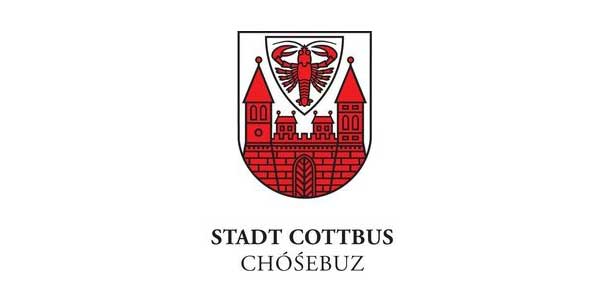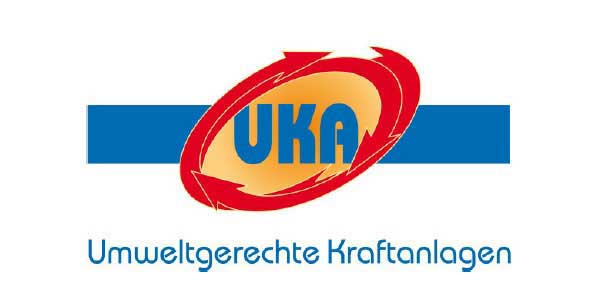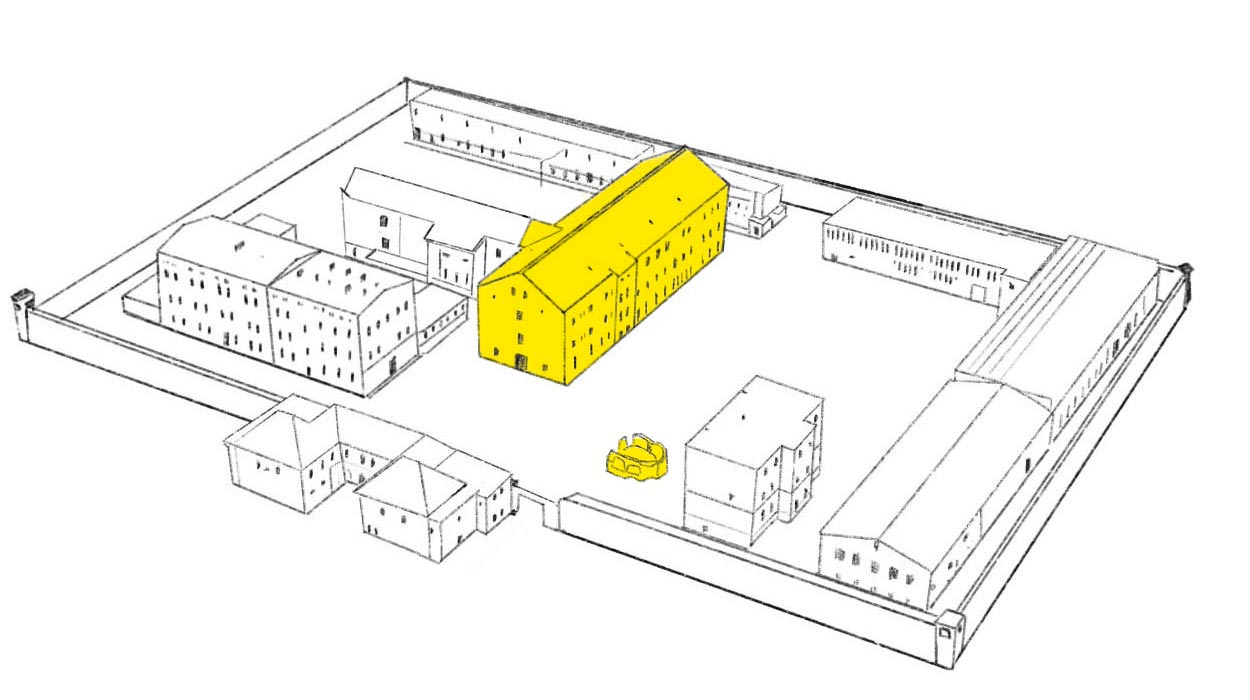
The Cottbus Prison Memorial
The Cottbus Prison Memorial is located on a site that was continuously used as a prison area from 1860 to 2002. Especially between 1933 and 1945 and between 1951 and 1989, many people were imprisoned here due to political reasons.
Today, numerous permanent and special exhibitions in the main building of the memorial (a former detention house) provide an insight into the history of the former prison. The other former detention houses and factory areas invite visitors to explore on their own. The former solitary and detention cells can also be visited on guided tours.
In addition, the Menschenrechtszentrum Cottbus regularly organizes public lectures, panel discussions, film screenings and network meetings at the memorial to provide information about the history of injustice at this site and at the same time to enable encounters and exchange information with others. Schools, universities and training companies can choose from a wide range of educational offers or have formats developed that are tailored to their needs. Seminar and event rooms can also be rented.
of imprisonment – today a memorial
of historical site to discover
and numerous special exhibitions
An overview of the site with past and present uses
The interactive model shows today's memorial site and gives an impression of how the area was used during the GDR era. The dining hall, the remand prison of the Ministry of the Interior as well as the prison cells were demolished in the early 1990s.

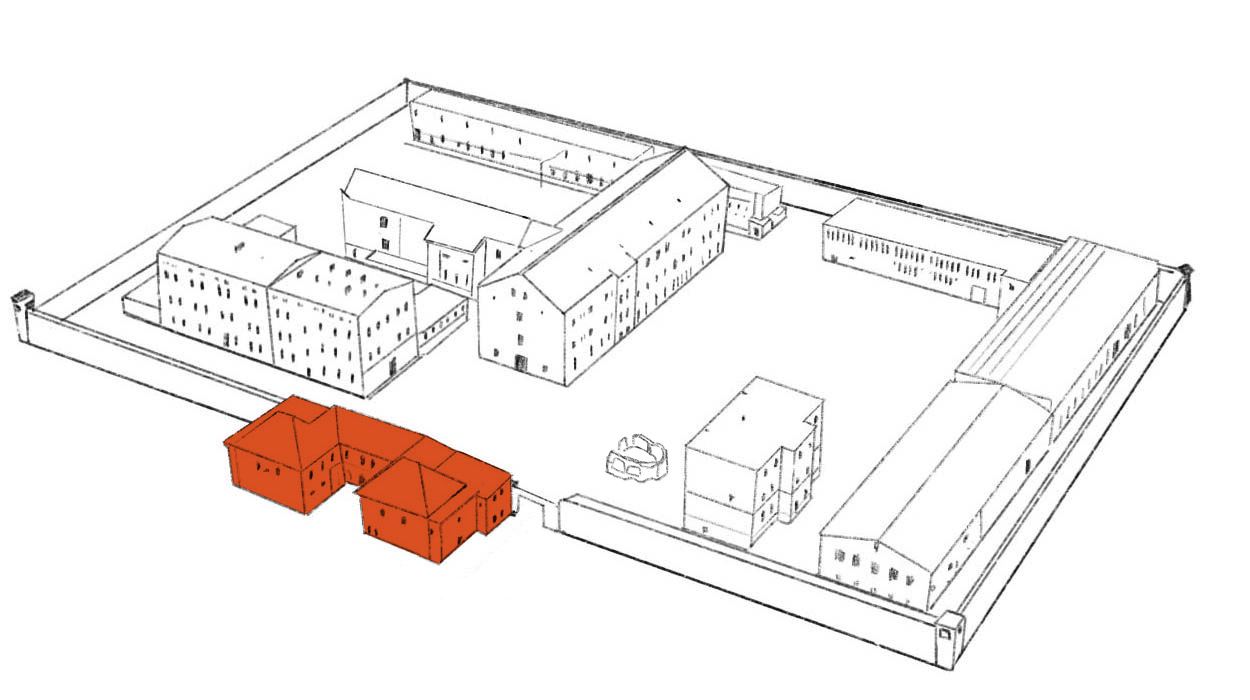

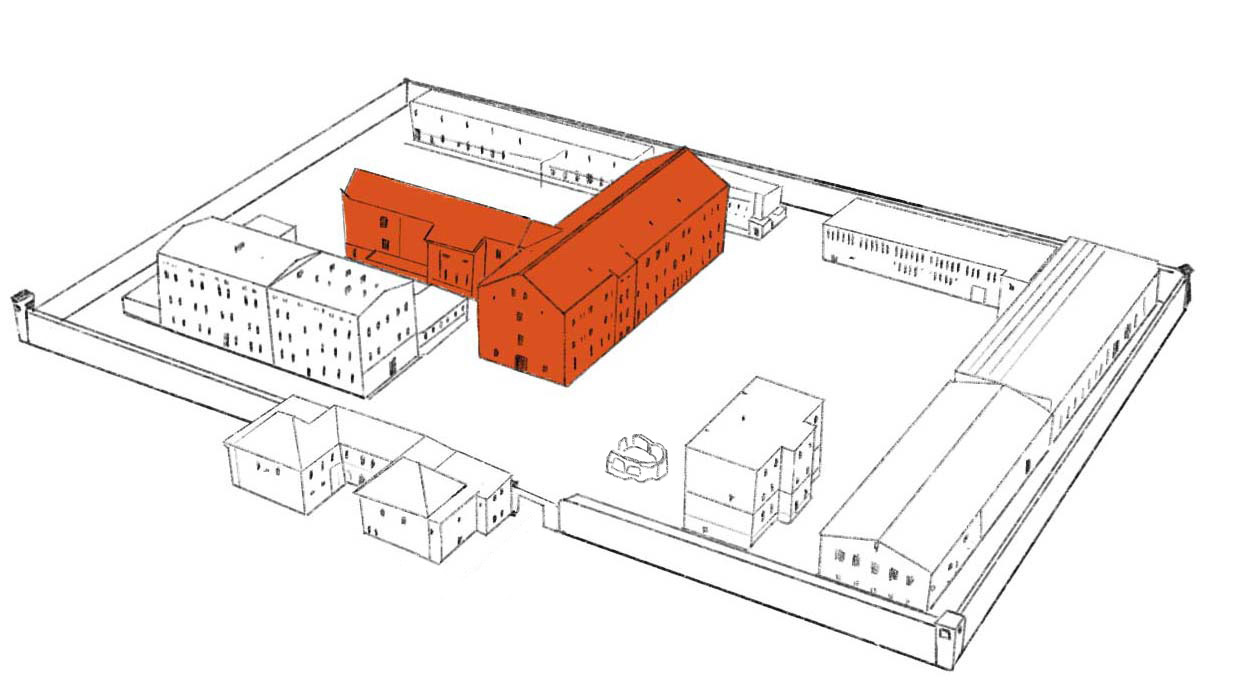
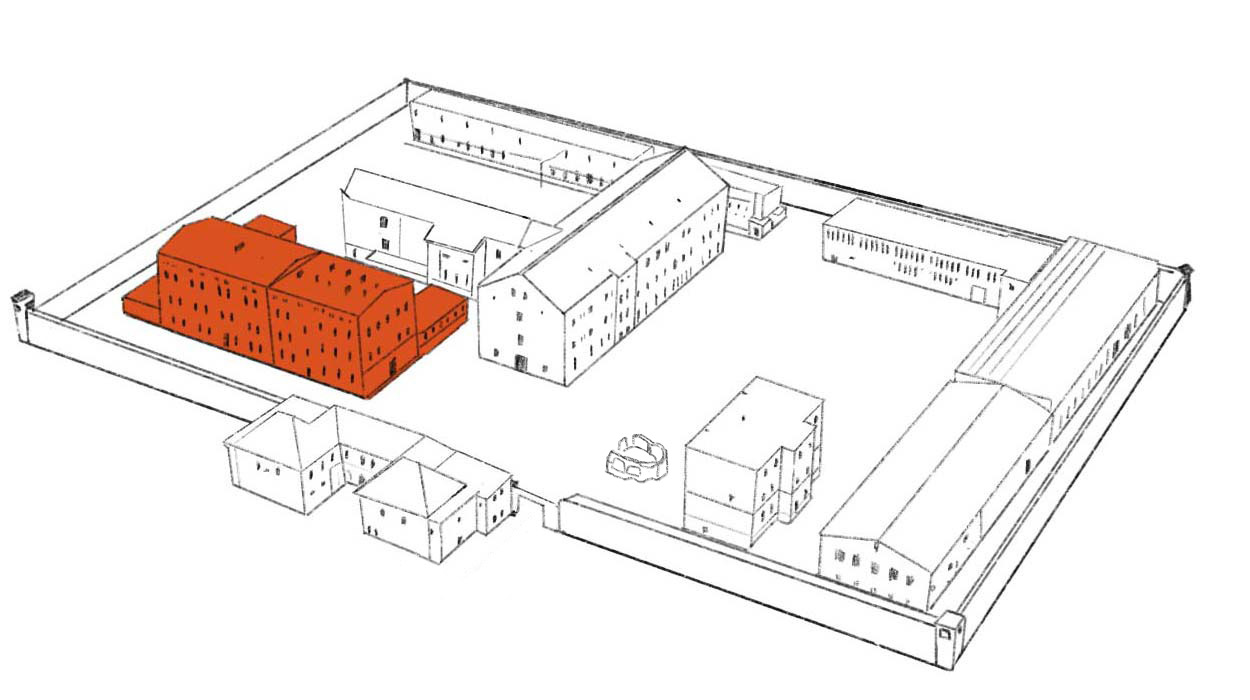
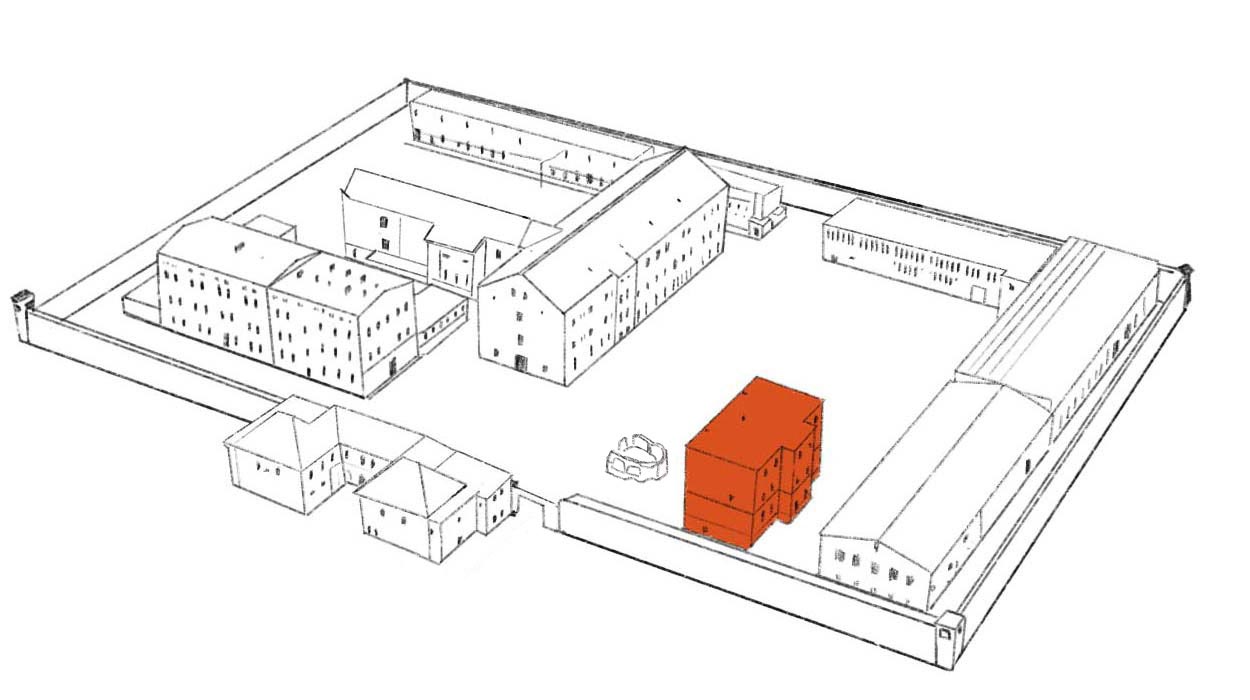
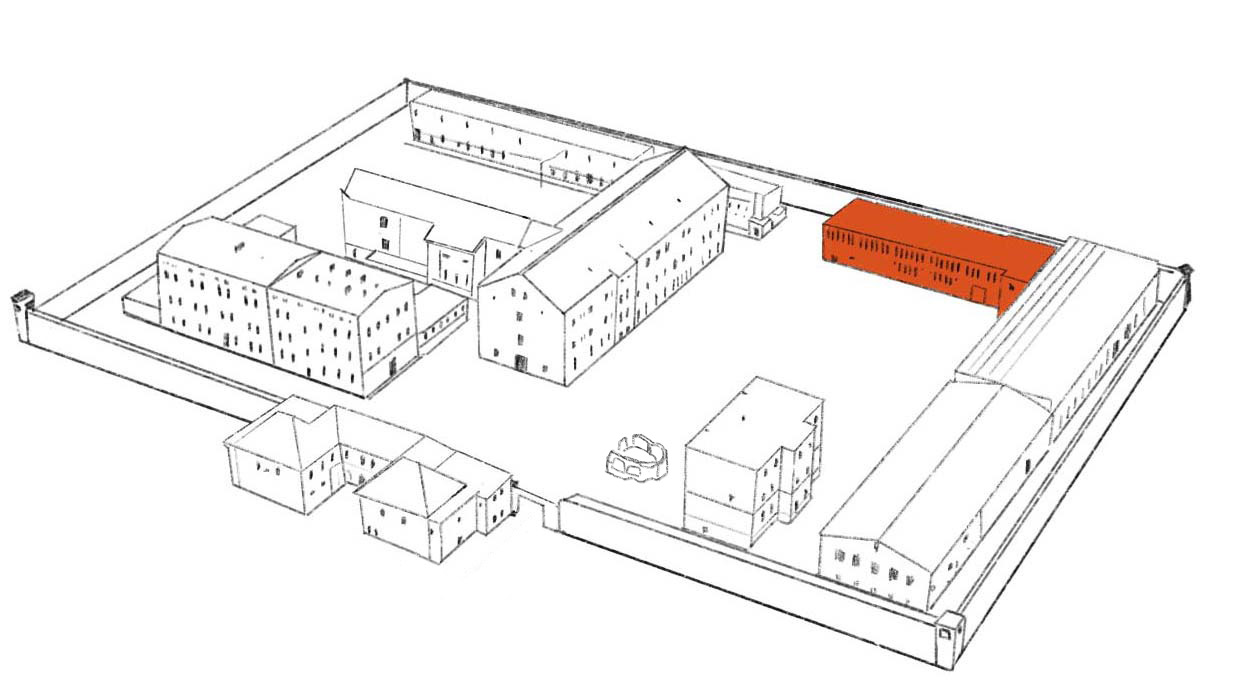
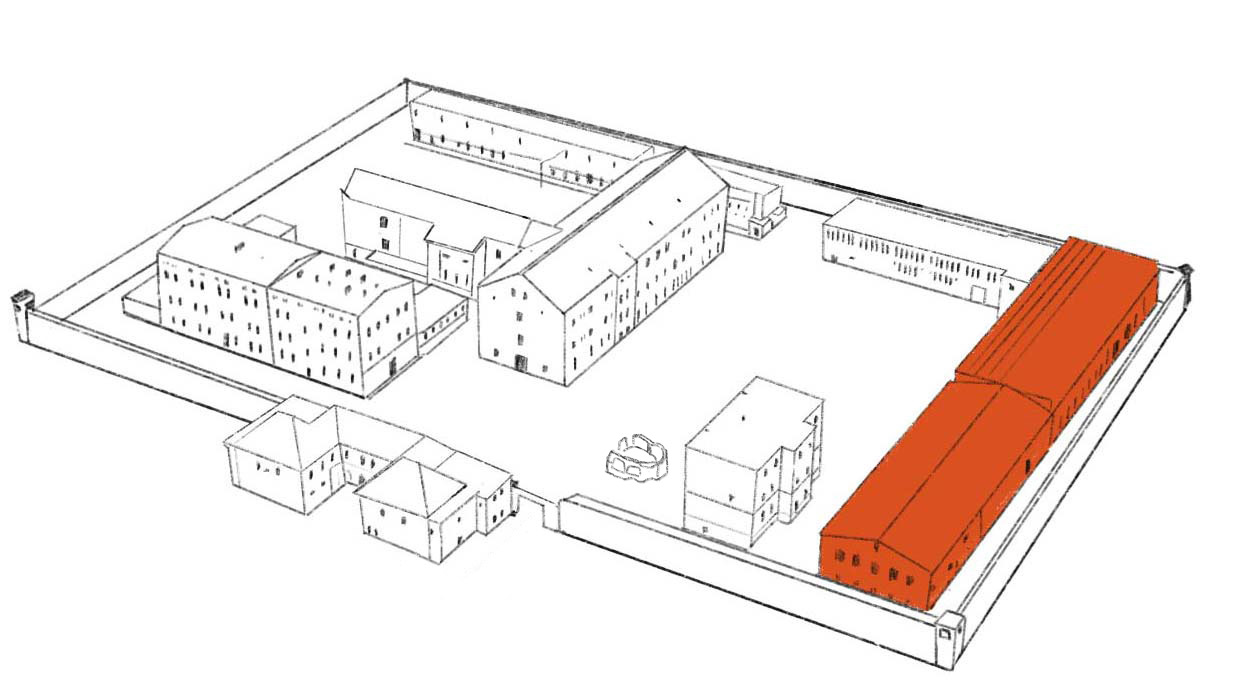
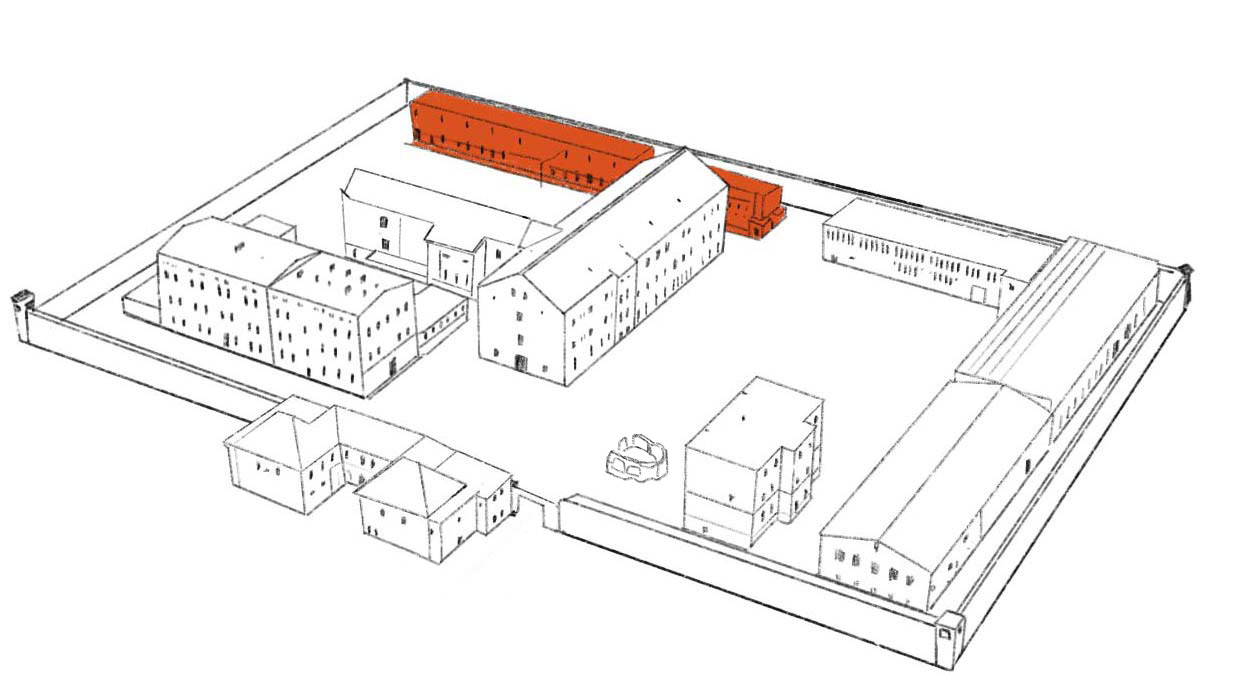
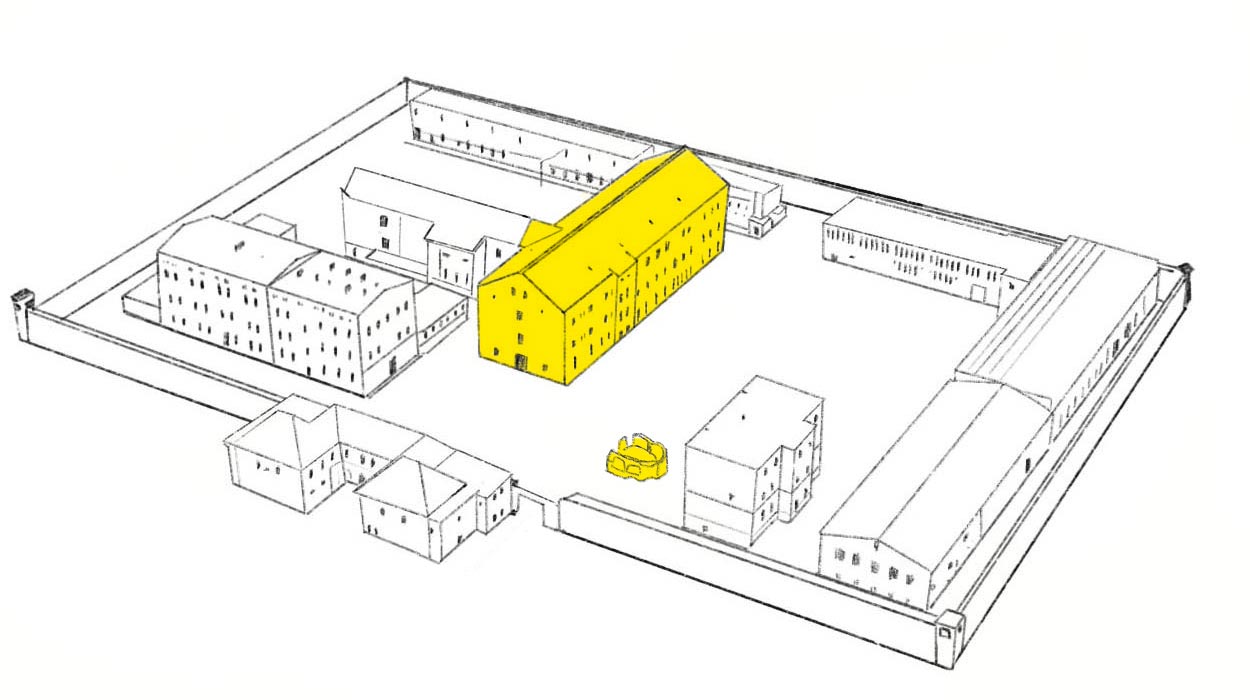
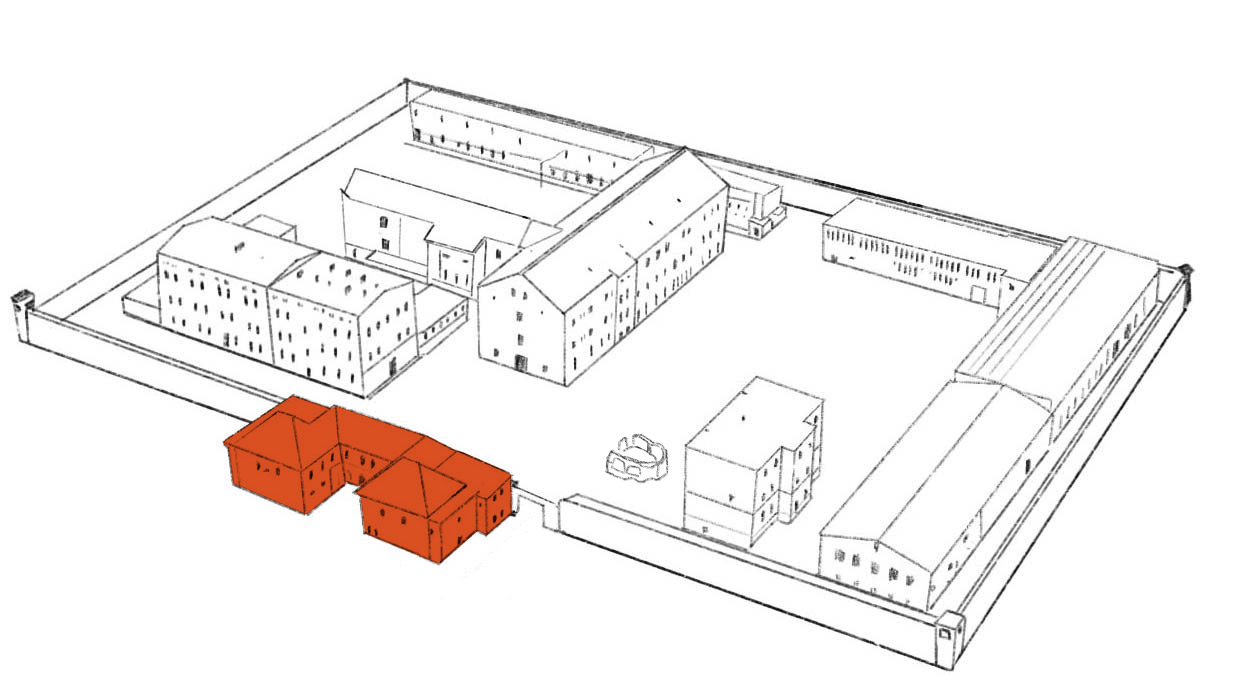
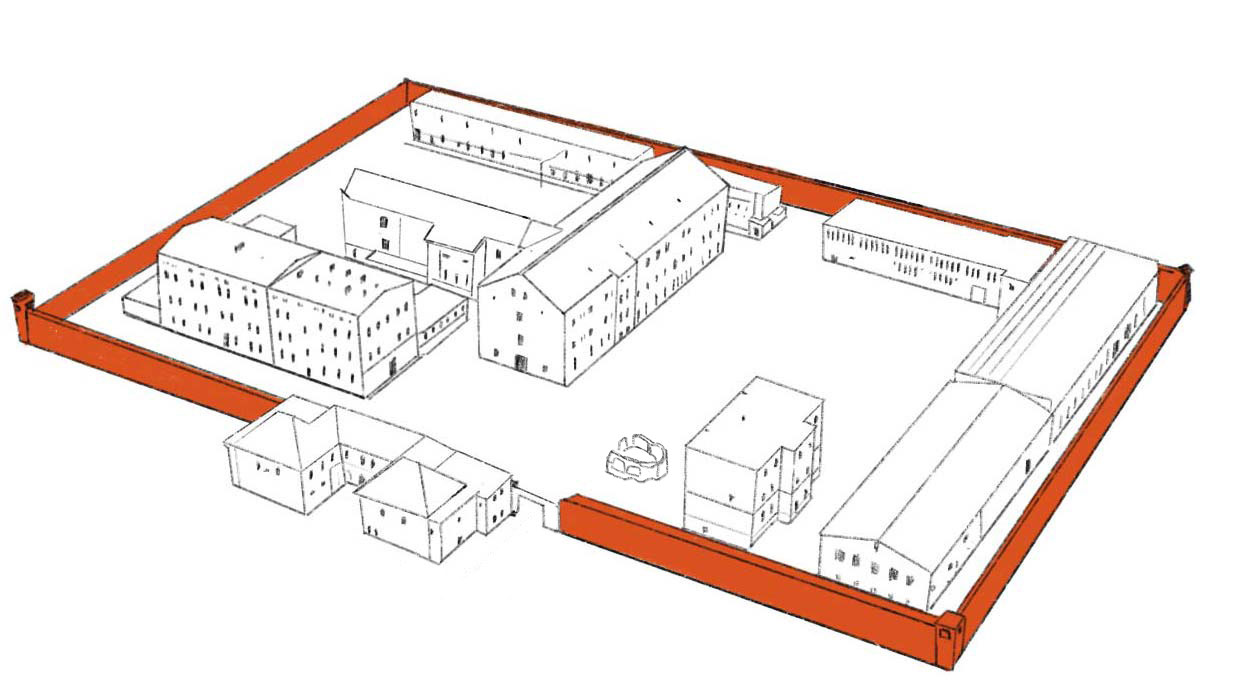
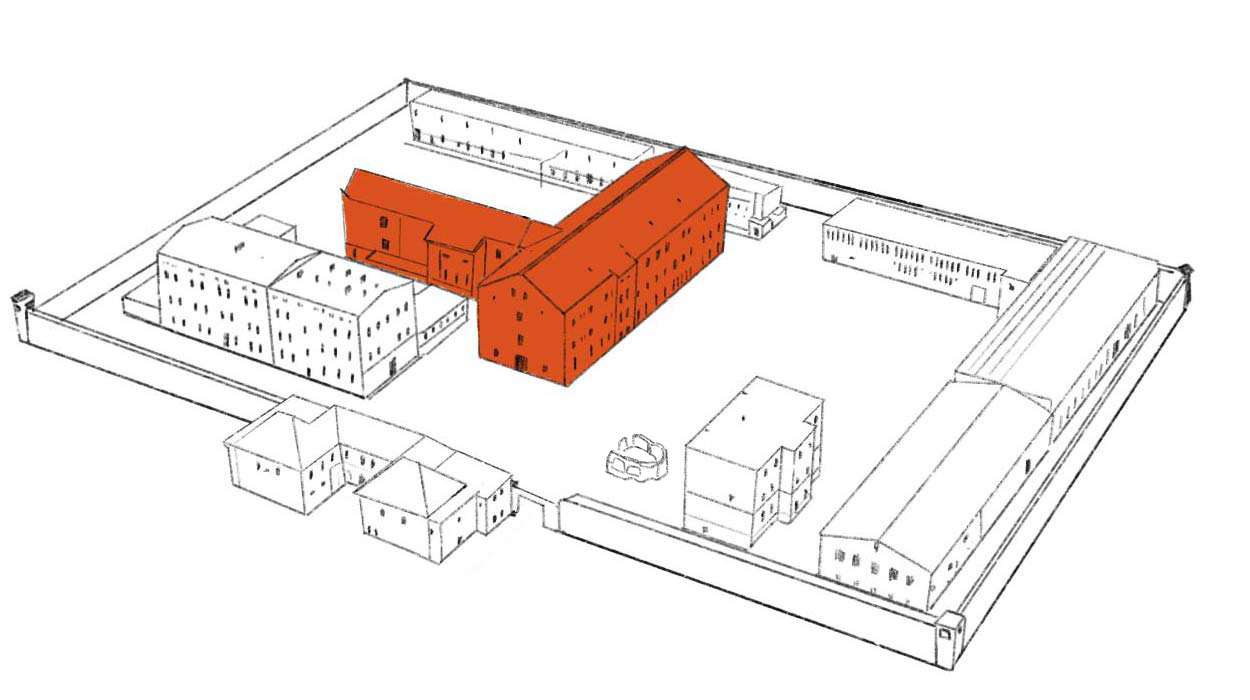
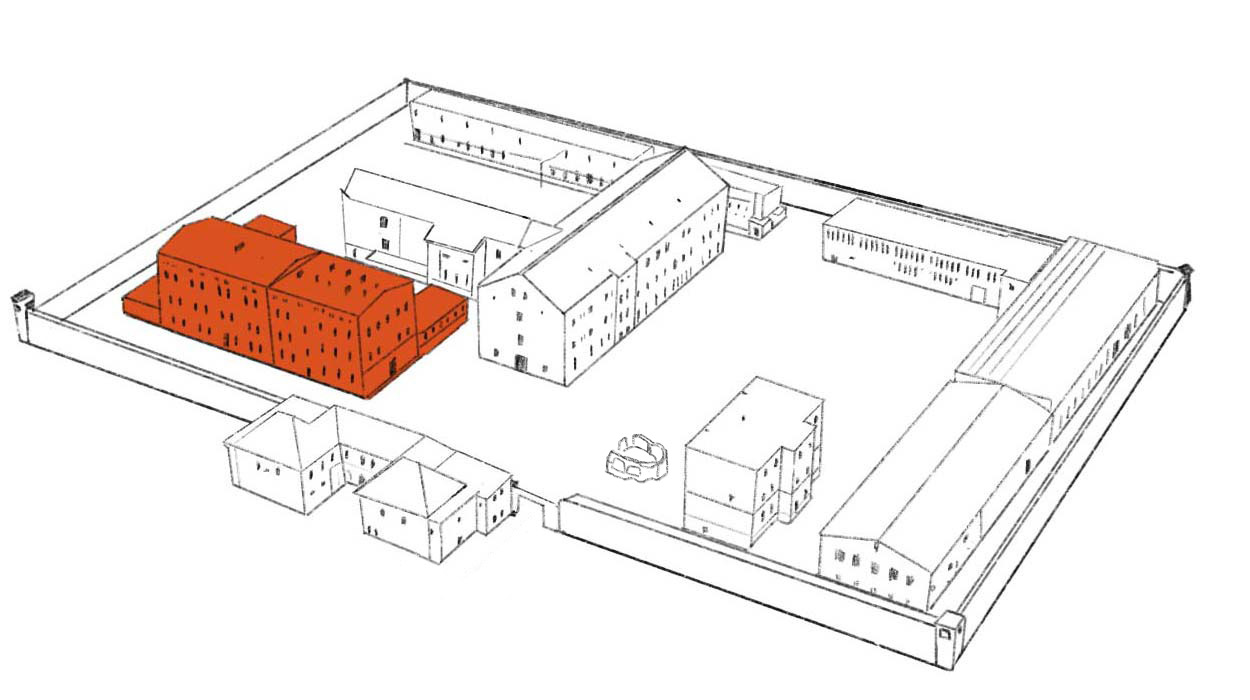
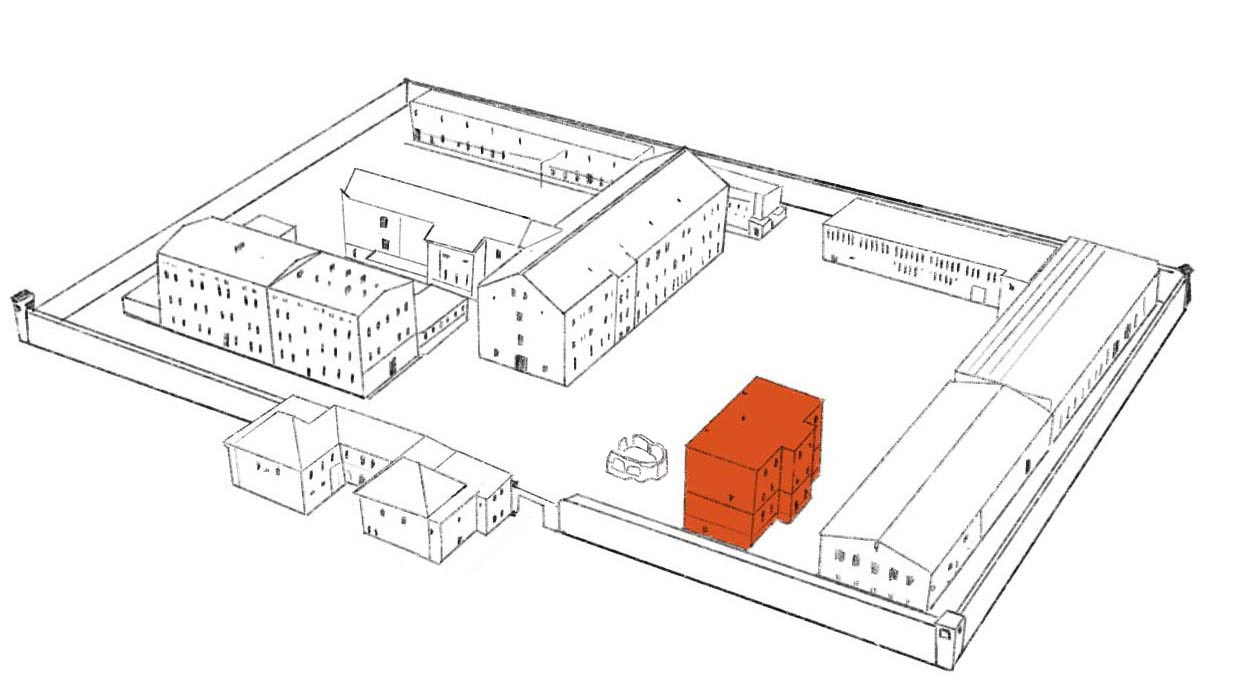
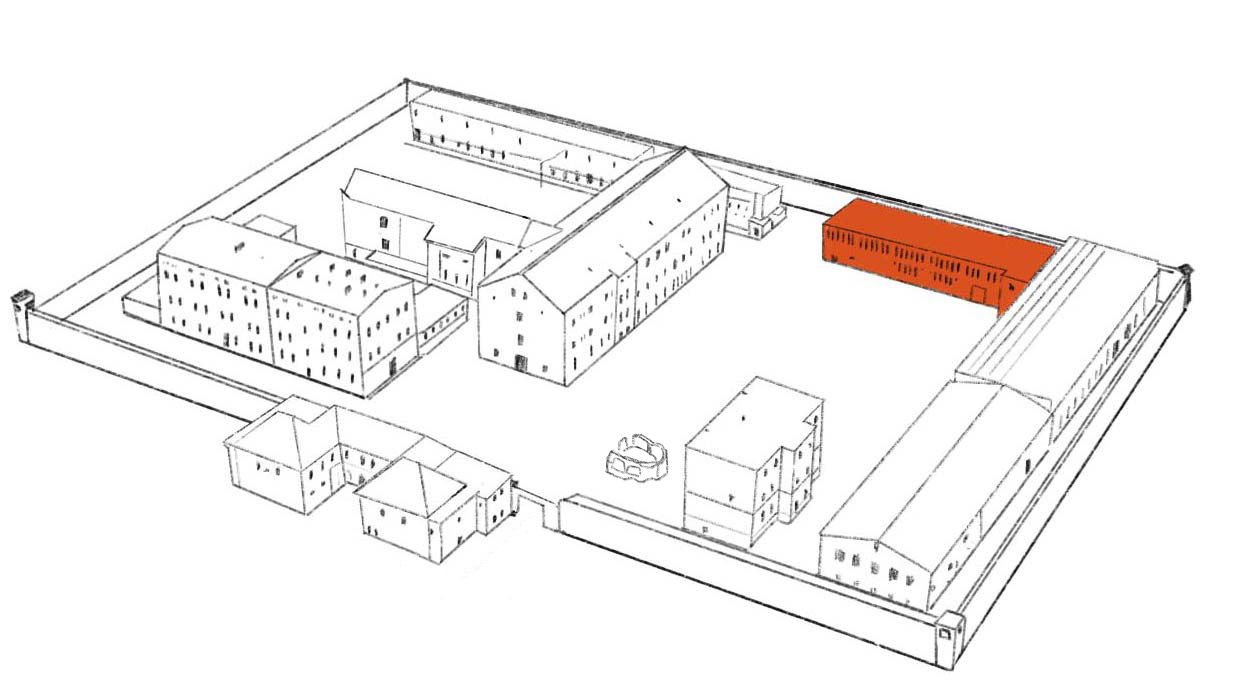
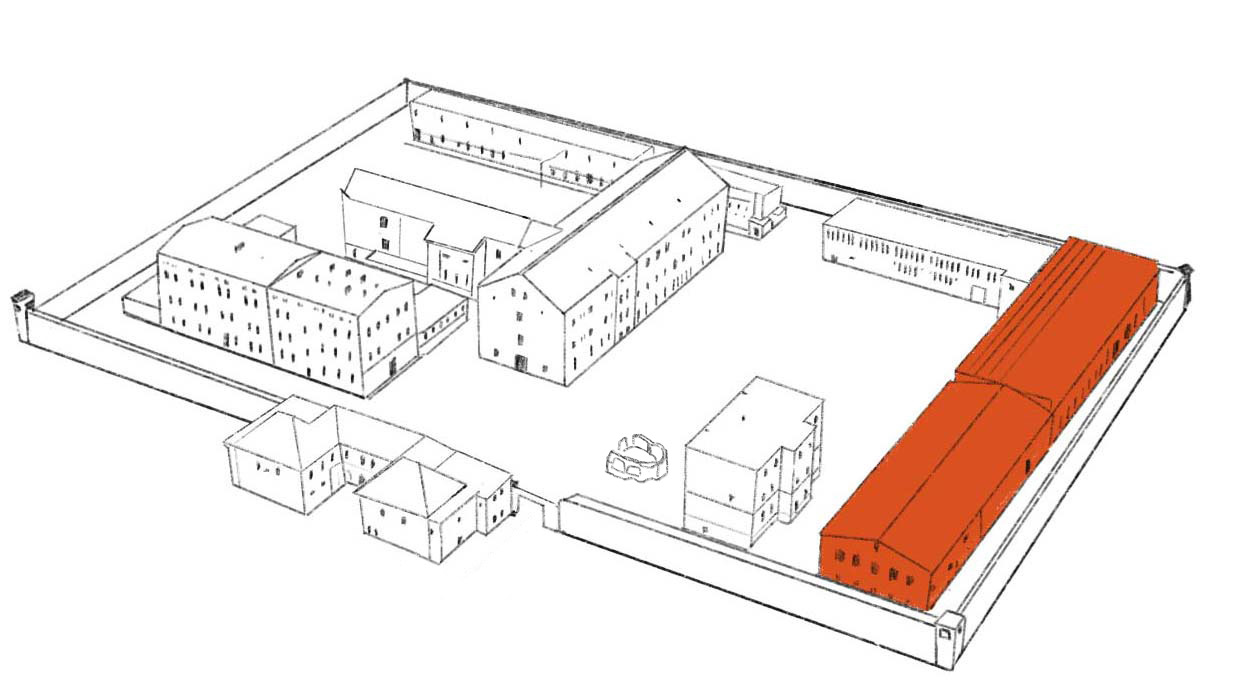
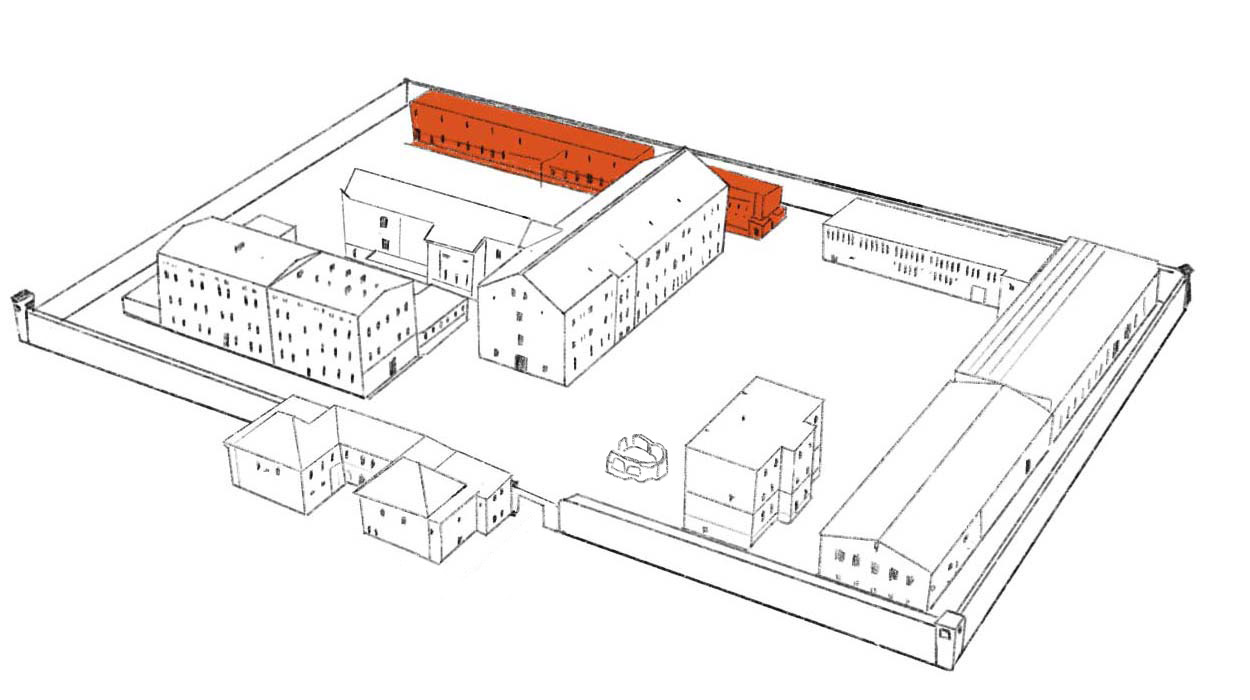
Former prison - today a monument: A place in transition
The former "Royal Central Prison Cottbus" was commissioned in 1860 and served as a prison during five different periods - the imperial era, the Weimar Republic, the Nazi era, the GDR and after the peaceful revolution until 2002.
After a period of vacancy lasting several years, the state of Brandenburg intended to sell the site in 2007. Former political prisoners of the Cottbus penal institution feared that the injustice once committed at this site could be forgotten by a private conversion of the grounds. On 31 October 2007 they founded the non-profit association Menschenrechtszentrum Cottbus e. V. with the aim of buying "their" old prison and turning it into a memorial.
In December 2007, the state of Brandenburg sold the entire site to a private investor. The Menschenrechtszentrum Cottbus was given a building on the access road that housed offices of the State Security and the Criminal Investigation Department at the time of the GDR. However, since this building was not an authentic prison building, the association spent 3.5 years trying to acquire the former prison within its walls. Since 2 May 2011, the Menschenrechtszentrum Cottbus e. V. has been the owner of the former prison on Bautzener Straße.
EUR 431,560 were needed to purchase the prison area of 22,000 m². EUR 200,000 were covered by the state of Brandenburg, and EUR 85,000 were covered as an equivalent by the sale of the house on the access road to the private investor and previous owner of the former prison. The remaining EUR 146,560 were financed by donations. The funding application for the renovation, the permanent exhibition "Chequered Clouds" and the first three staff positions had already been approved by the Minister of State for Culture Bernd Neumann on 1 April 2011.
Work on Detention House I began at the beginning of October 2011. The dilapidated fabric of the building and the extensive structural changes made to Detention House I after 1990 by the state of Brandenburg presented the association with major challenges in the renovation. In addition, much of the building had been destroyed by vandalism after it ceased operation in 2002. In several redevelopment phases, parts of the historical condition were reconstructed and deconstructed. The Cottbus Prison Memorial, which opened on 4 September 2012 with a concert by Wolf Biermann, bears witness to this transition and the complexity of the site. The site has been a listed building since August 2020.
Focuses points of the memorial work
Art and culture
During the SED (Die Sozialistische Einheitspartei Deutschlands/ The Socialist Unity Party of Germany)dictatorship, a comparatively large number of academics and artists served their prison terms in the Cottbus penal institution. Some former political prisoners, who had either already been sentenced as artists for political reasons or who later began artistic activities after their release from prison, are involved nowadays in the Human Rights Centre. They actively contribute their skills, work and biographies to the exhibition and educational activity of the memorial.
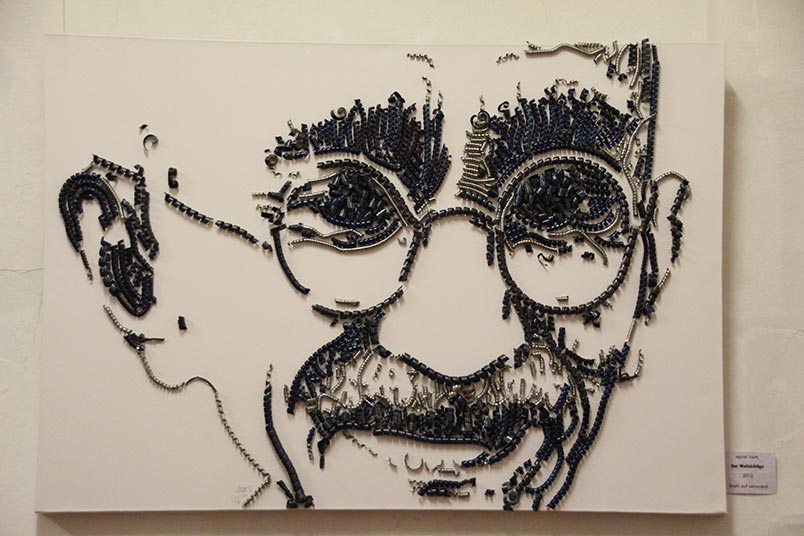
"Der Weitsichtige" (The Far-Sighted One), artwork by the former prisoner and artist Frank Timpe from 2012, metal coils on canvas.
Menschenrechtszentrum Cottbus e.V.
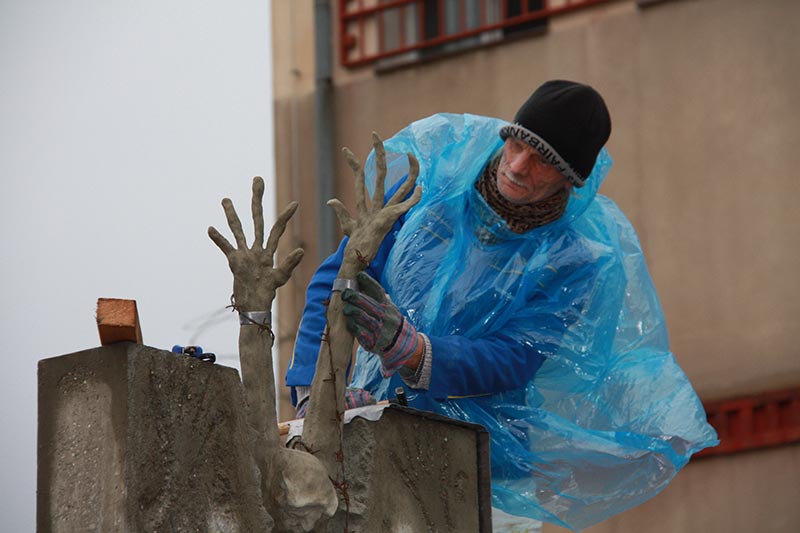
The former prisoner and artist Gino Kuhn at the design of the first construction phase of the "Memorial to the Fatalities at the Borders of the Iron Curtain" on 9 December 2011.
Menschenrechtszentrum Cottbus e.V.
Region-strengthening projects, nationwide cooperation
As an extracurricular place of education, the Menschenrechtszentrum Cottbus e.V. is concerned with conveying experiences, historical knowledge and cultural impulses for the present in the region and beyond. Thus, educational and creative workshops for children and young people take place regularly, in which the participants consciously deal with the history of Cottbus and its surrounding area. At the same time, the Menschenrechtszentrum Cottbus is also involved in various supra-regional networks and research associations for coming to terms with SED injustice.
Menschenrechtszentrum Cottbus e. V. | Bautzener Straße 140 | 03050 Cottbus | Free parking spaces
Information and reservations:
Opening hours:
Mon.
closed
Tue. - Fri.
10 a.m. to 5 p.m.
Sat. + Son.
1 p.m. to 6 p.m.
Admission until one hour before closing time.
Closed on public holidays.

